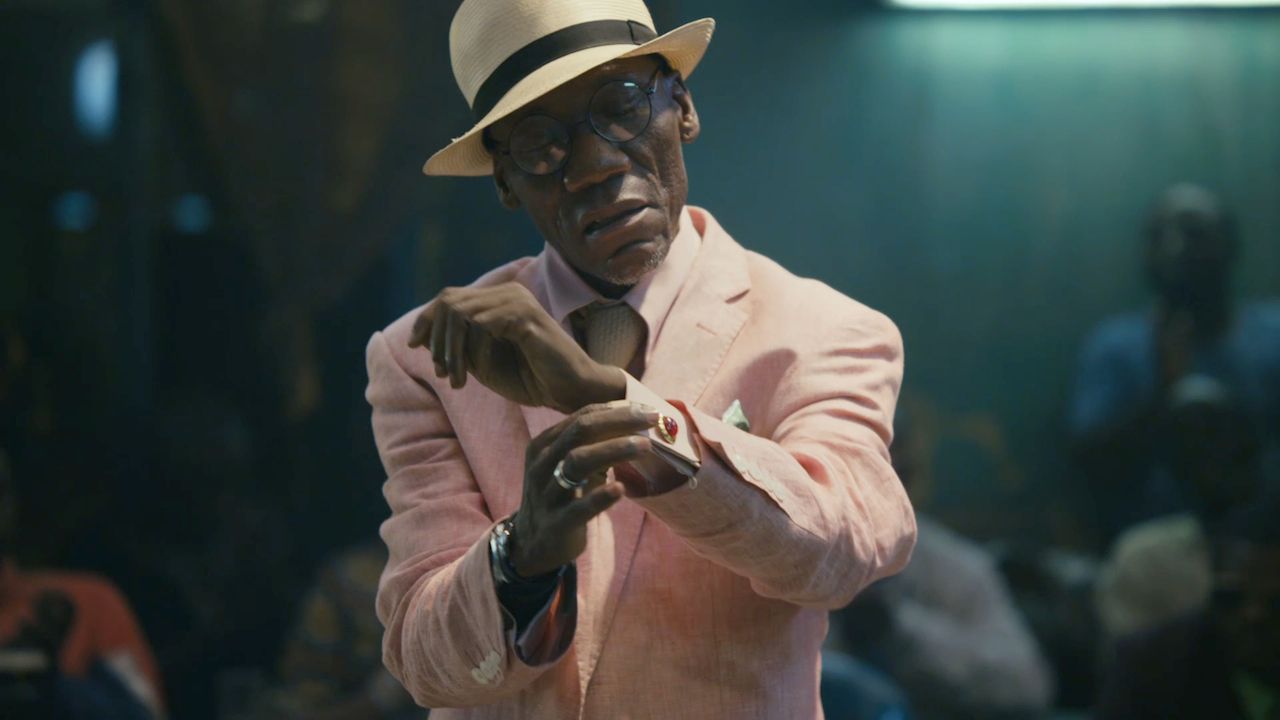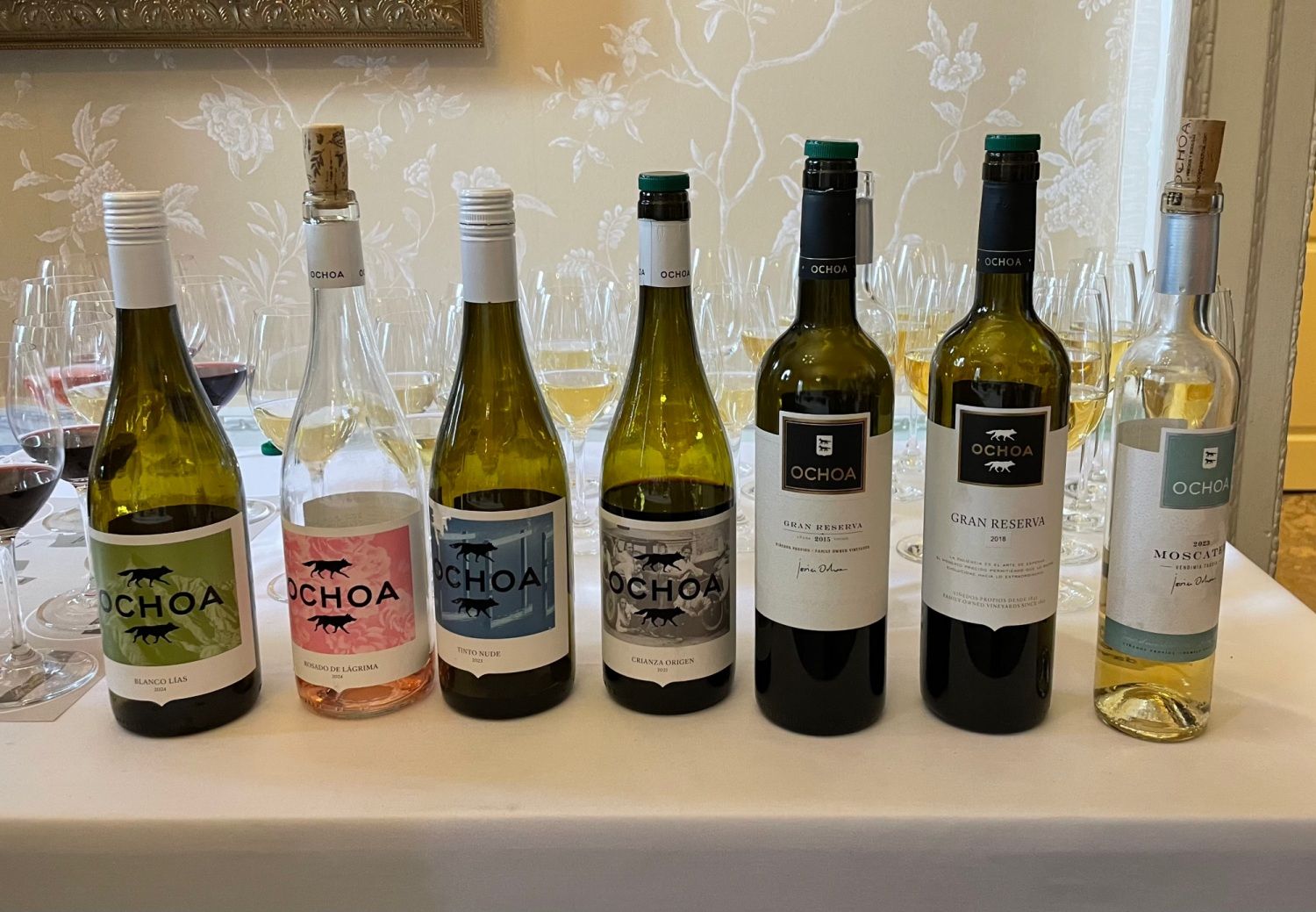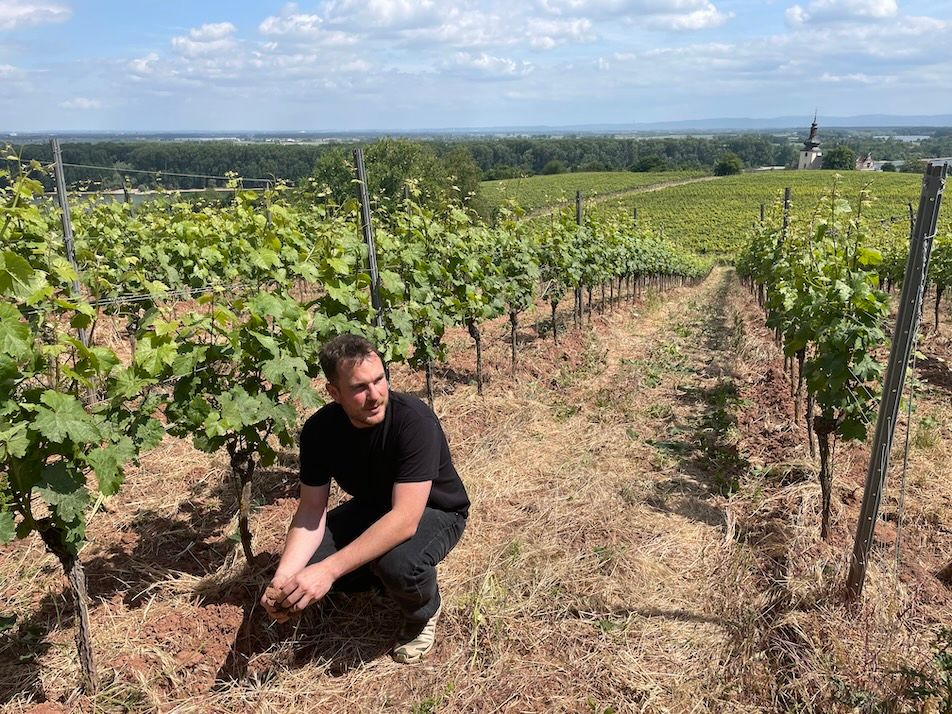Diageo’s latest full-year results paints a picture of a company well on track for future growth. But is has been far from plain sailing over the last four to five years. Richard Siddle, in an report initially produced for Just Drinks, unpicks the stitches on the key factors that keeps the good ship Diageo together. For the full report go to Just Drinks.
There is a very select group of companies that are not only hugely influential and powerful within the sectors they directly operate in, but are of such a scale their performance is reflective of the world economy as a whole. Diageo is one of those businesses.
The group’s scale and reach around the world makes it a truly global player. It has the ability to manage and influence not just international drinking trends, but the local bar and restaurant scene and, therefore, how consumers behave and what drinks brands they spend their money on, in countries the world over.
Which other drinks company would have the capabilities – or the audacity – to acquire Hollywood movie star George Clooney’s three-year-old Casamigos Tequila business for up to US$1bn.
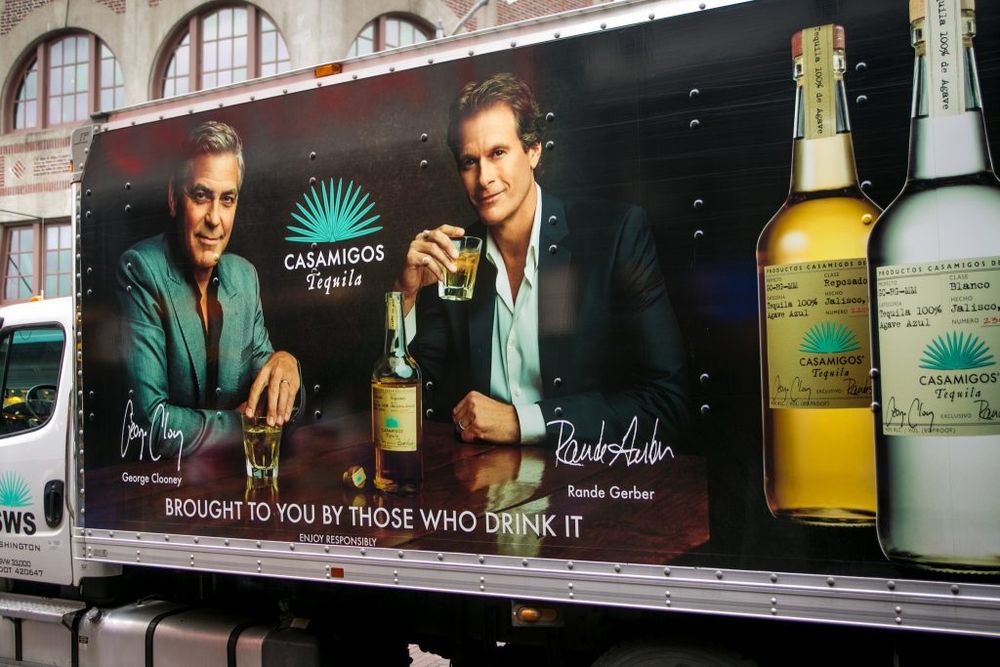
George Clooney not on the back of a bus promoting his latest film, but on a distributor’s lorry promoting his now $1bn worth Casamigos tequila brand
Businesses the size of Diageo can act as a barometer for the rest of the industry. If it catches a cold, the rest of the drinks industry suffers with it. But, equally, if its sales are up, the global drinks sector also benefits.
It makes Diageo’s turbulent financial and business performance over the last five years such vital and fascinating reading for every drinks business.
Diageo’s grip on the global drinks industry is reflected in the latest IWSR Top 100 International Alcohol Beverage Brands report. Nearly a fifth (18) of the Top 100 are Diageo brands, making it by far the biggest owner of brands selling 3m cases or more a year.
And yet, it has been far from plain sailing for Diageo over the last five years. While the group’s net sales, net profits and operating profits all now sit above where they were in 2013, in between, they slipped alarmingly, reaching their nadir in fiscal-2014.
Driving forward
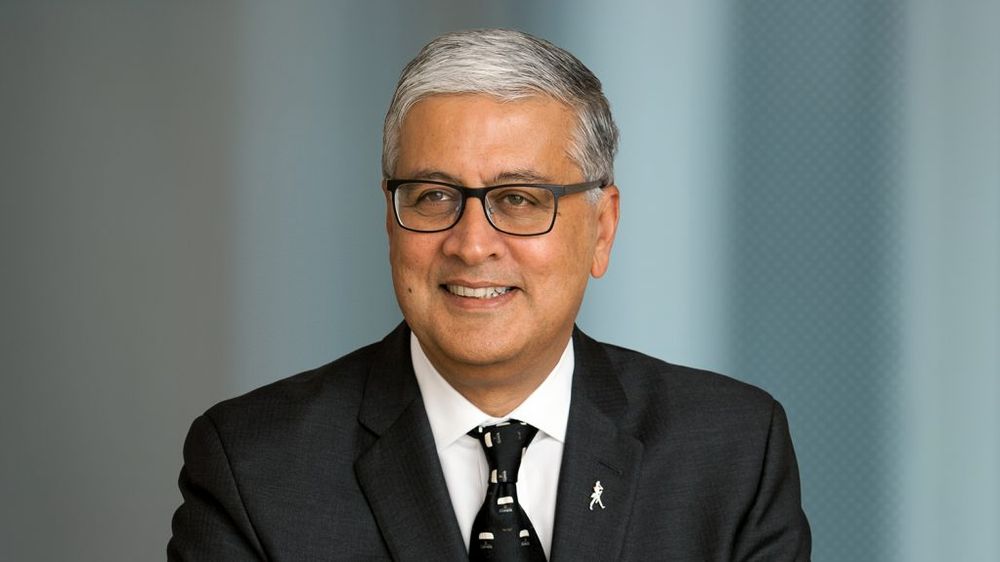
Despite healthy financial figures Diageo’s chief executive, Ivan Menezes, has still not hit three year targets
Diageo can’t afford to stand still, not necessarily because it risks being caught by a rival, more because the sheer size of the business means it needs to be constantly changing, moving to bring new ideas, advertising campaigns and, ultimately, brands to the market. Its fiscal-2017 performance has certainly put it back in the City’s good books.
Yet, despite returning a 15% increase in net sales and a 25% jump in operating profits in its most recent fiscal full-year, the performance resulted in CEO Ivan Menezes having to take a 30% pay cut for not hitting a three-year incentive programme set in 2014.
Annus horribilis
That was Diageo’s annus horribilis from which Menezes and his team have had to turn the business completely around. How they have done so could be seen as a benchmark for other multinational drinks giants to follow. It has used the strength of its luxury and premium brands to create what it calls “trust” and “respect” for its businesses in as many markets as it can, but particularly so in emerging ones.
The group has been able to utilise that position in emerging markets to build scale and market share through its mid-market and value brands, that then help shape future drinking habits.
Diageo may not have done enough to give Menezes his bonus, but it is well down the road to achieving his ambition, set in 2014, of creating “one of the best performing, most trusted and respected consumer products companies in the world”.
Two-thirds of its sales now come from its premium and luxury brand portfolio.
The headline figures
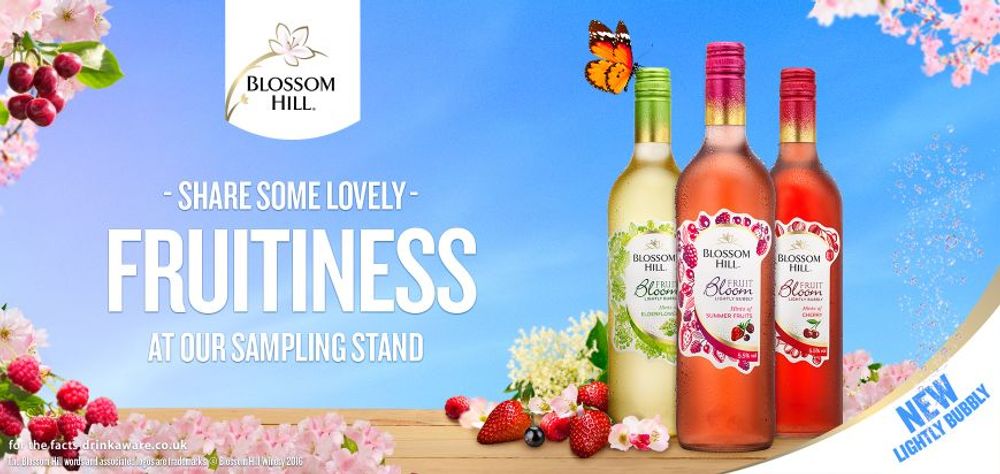
Blossom Hill was part of the major brands that Diageo sold to Treasury Wine Estates in 2015
- As of today, 13 September, the group’s share price sits at GBP24.20 and has increased some 200% since the 2009 financial crash. The share price has also recovered from a five-year low of GBP16.83 in September 2012
- it is currently in the middle of a £500m cost-saving programme laid out by Menezes in 2015. This means the group has been able to look within the business to raise capital to invest in its strategy.
- Following a strong fiscal-2017 performance, the company raised its productivity goal from £500m to £700m.
- Diageo has looked to strip out under-performing or non-strategic assets like its its Percy Fox wine business at the other.
Revenues in the 12 months to the end of June 2017 hit £12.05bn, above the £11.43bn at the start of the five-year period in fiscal-2013, and a big improvement on the low-point of £10.25bn in fiscal-2014.
Diageo’s real recovery came from 2015 onwards, two years after Menezes had taken hold of the business, and now seems set to continue the “mid single-digit organic top-line growth” that he predicted on the back of the firm’s fiscal-2015 results.
- This is an adapted article from one first written by Richard Siddle for Just Drinks.
